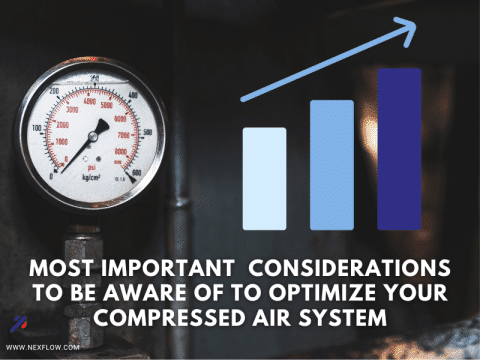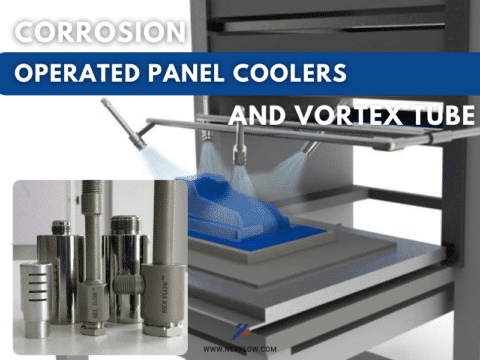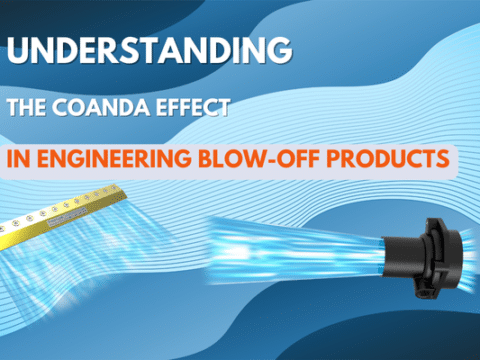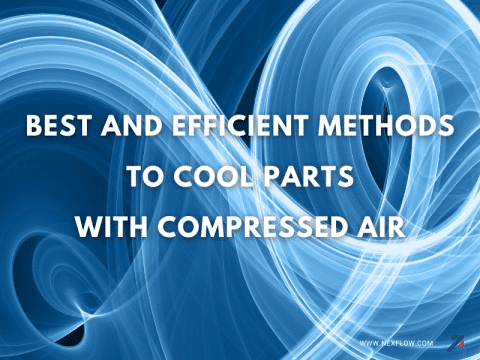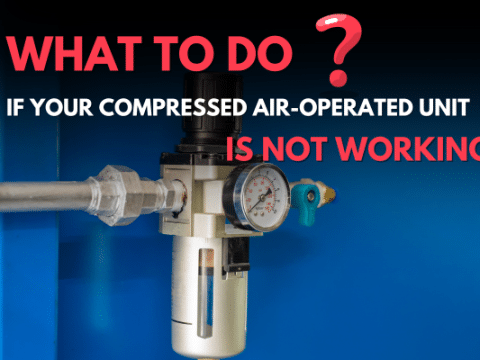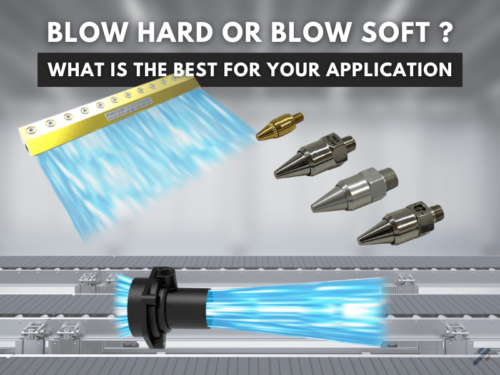
Blow hard or blow soft? That is an important question to answer based on your application needs. Cleaning and drying applications involve either wiping or using compressed air or blowers.
The contact between the material and the product being wiped often requires high maintenance for wiping, and one often dismisses it if the part is sensitive.
The alternatives are using either blower air or compressed air. Blowers are larger, have higher capital costs, are noisier, need more space, and require higher maintenance. They also have limited force, which limits their use. However, they offer energy savings in many cases, especially with continuous use.
Compressed are is popular because of a smaller footprint for the item doing the air blow off, less maintenance, much less capital cost, and greater force provided. Developers have created many options to reduce the added energy cost of using compressed air.
The first option involves on-off control and using the air only when needed. This is a huge advantage when the need is intermittent. When combined with the use of engineered air nozzles and other flow amplification products that primarily use the Coanda effect, energy use can even approach that of blowers in some cases, without the negatives.
But the application itself can determine the required force level—for example, whether a blower’s force suffices. Two often overlooked factors come into play when deciding what to use.
These factors are as follows
- Difficulty to dislodge whatever needs to be removed from the target surface
- Distance from the blow off to the surface
There is often a misconception that the more difficult it is to remove something from a surface, that more force can achieve it. It is simply not true. The material to be removed may be stocky, surface tension very high so just difficult to remove, or it could be a static charge holing the debris to the surface which can have a strong glue effect.
When using a blow off, the effective distance for force decreases very rapidly unless the blow off device produces laminar flow. Using a blow off with turbulent flow requires increasing the pressure to achieve more force at a distance, which consumes more energy. Engineered blow off is usually laminar and will therefore work at a greater distance. This explains why engineered air nozzle technologies are used; they work and save energy.
Pulsing blow off can be beneficial in difficult to remove materials if they are sticking due to “stickiness”. The pulse causes a scrubbing action which can then help in removing this debris. It can work for fine dust as an example. Pulse valves or devices that mimic a pulse action such as “scrub nozzles” which are rotating nozzles. Care must be taken if using pulse valves. Although they often claim savings up to 50%, in reality they average more like 25% but can even be negligible unless properly installed. Installation needs to take into consideration pressure loss during the pulse action. If a pulse valve is combined with an engineered (flow amplifying) air nozzle, this may extend the distance but, with less pressure. The effective distance, as a result, can be significantly less when pulsed.
Blow Hard or Blow Soft?
Any pulsed device usually needs to be closer to the target surface.If one can accomplish that, it can prove very effective in cleaning.Pulsing through a (flow-amplifying) air nozzle may extend the distance to any debris stuck inside a wire mesh or rough surface but pressure drop from the pulsing can limit that effective distance.
If materials are sticky due to static alone, combining a static eliminator with an engineered blow-off can be very effective, even at some distance from the target. You still need to take care regarding distance, as the rate of the static removal effect decreases the further you are from the ion-generating device, whether or not air is behind it. Beware of dubious claims about removing a static charge at 20 feet away.
Combining a pulsing nozzle with a static removal device can be very effective for removing difficult debris from materials such as plastic, where both the material’s stickiness and static can hinder cleaning. In these applications, you may still need to be close to the target surface for the pulse action to work.
Optimizing energy use is the last resort when addressing any drying or cleaning application. Very often, considering these alternatives can keep every cost low. Be aware of the target distance and the materials you need to remove from the target product. Instead of just increasing power usage, explore more effective approaches.




